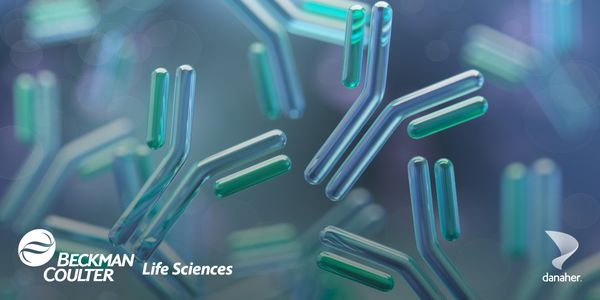High-resolution genomic analysis reveals genetic impacts of human papillomavirus in human cancers
One of the hallmarks of human cancers is genetic instability. My colleagues and I recently identified a remarkable association between human papillomavirus (HPV) and genomic structural variation in flanking host genomic DNA, both in human cancer cell lines and primary tumors. A combination of whole-genome sequencing and other molecular assays revealed HPV integrants frequently adjacent to and bridging extensively amplified and rearranged genomic sequences, including deletions, inversions, and chromosomal translocations. We developed a model of looping to explain these data. Our model suggests that HPV integrant-mediated DNA replication and recombination may result in viralhost DNA concatemers, frequently disrupting genes involved in oncogenesis and amplifying the HPV oncogenes E6 and E7. Using innovative new long-range deep sequencing methods, we currently are characterizing in detail these genomic structural variants, induced by HPV integration in primary human cancers. Use of such high-resolution genomics methods has shed new light on a catastrophic process, distinct from chromothripsis and other mutational processes, by which HPV can induce genomic instability and disrupt candidate cancer-causing genes.






